About this trip
Explore Guyana wildlife starting in historic Georgetown before flying across hundreds of miles of tropical rainforest to visit Kaieteur Falls, the tallest single-drop waterfall in the world. Continue your journey to the Rupununi where the flora and fauna are rich and diverse, starting at the one million acre Iwokrama Rainforest Reserve for jungle hikes, boat trips, the Iwokrama Canopy Walkway, before heading to the community run Rewa Eco Lodge and finally into the savannahs in search of giant river otters, giant anteaters and even a Caiman capture experience at the indigenous community of Yupukari.
Scheduled Departure Rate
| TRIP DATES | AVAILABILITY | PRICE | SPACE LEFT | |
|---|---|---|---|---|
| August 22, 2024 - September 5, 2024 | Available | $8,290 |
12 Available
|
|
| August 29, 2024 - September 12, 2024 | Available | $8,290 |
12 Available
|
|
| September 19, 2024 - October 3, 2024 | Available | $8,290 |
12 Available
|
|
| November 28, 2024 - December 12, 2024 | Available | $8,290 |
12 Available
|
Activities & Highlights
- Kaieteur Falls
- Trail walks
- Riverboat trips
- Wildlife spotting
- Goliath Birdeating Spider
- Iwokrama Canopy Walkway
- Guianan Cock-of-the-rock
- Bird watching
- Indigenous Culture
- Mountain hikes
- Victoria Amazonica
- Remote jungle lodge
- Harpy Eagle
Scheduled Departure Rate
| TRIP DATES | AVAILABILITY | PRICE | SPACE LEFT | |
|---|---|---|---|---|
| August 22, 2024 - September 5, 2024 | Available | $8,290 |
12 Available
|
|
| August 29, 2024 - September 12, 2024 | Available | $8,290 |
12 Available
|
|
| September 19, 2024 - October 3, 2024 | Available | $8,290 |
12 Available
|
|
| November 28, 2024 - December 12, 2024 | Available | $8,290 |
12 Available
|
Itinerary
Pickup and transfer from Cheddi Jagan International Airport to Georgetown and your selected hotel.
This morning we make an early start to have breakfast at one of the local stands with our host, guide and culinary master, Chef Delven Adams who will guide us around Bourda Market, the largest of the four markets in Georgetown. We will start our tour at the Guyana Shop which has all the locally packaged products, before heading over to the market where we will meet some of the vendors who Chef buys from daily. We will visit the fish market, the meat section and the haberdashery section – where one can find anything you can think of from thread to bolts of all kinds of fabric. A stop at the bush medicine stalls is always educational. Heading outside you can see, touch and taste a variety of local fruits and vegetables unique in this part of the world. Chef will make his purchases with your suggestions of what you would like to try and will then head home to start preparing while we continue on a tour of the city of Georgetown with an experienced guide who will give you the history, rumour and facts on Georgetown and its citizens.
During your visit to Georgetown, there are a number of interesting sights that should not be missed such as Stabroek Market – once described as a “bizarre bazaar, and St. George’s Cathedral which is one of the world’s tallest free-standing wooden buildings. Other historic buildings along this promenade are the Public Library, City Hall, the Victoria Law Courts and St. Andrews Kirk. Visit the National Museum, which contains a broad selection of our animal life portrayed in taxidermy including an amazing extinct giant sloth. The Walter Roth Museum of Anthropology houses a wonderful collection of artefacts and explains indigenous history and lifestyle, in a beautiful colonial wooden building that is worth the visit on its own.
After our city tour, we will go to the Backyard Café for lunch. This, as the name suggests, is a backyard that Chef has turned into an exclusive little hidden gem of a restaurant. You can sit under the harbour and sip unique blends of juice or enjoy a cold beer while taking in the sounds and smells of a delicious meal in the making. Once he is ready, we will start eating our way through the courses, remember to pace yourself as you will want to try it all.
After lunch, we will visit the Botanical Gardens, home to an extensive collection of tropical flora, and the Zoo which has become a wildlife rescue and rehabilitation centre that houses over one hundred different species of tropical wildlife. We will also pay a visit to a pond either in the gardens or the National Park, to feed the endangered West Indian Manatees.
Overnight at Cara Lodge. BL
From the Eugene F. Correia International Airport take a scheduled flight over hundreds of miles of unbroken tropical rainforest to land at Kaieteur Falls, the world’s highest free-falling waterfall.
Kaieteur which was first seen by a European on April 29, 1870 is situated in the heart of Guyana on the Potaro River. The water of Kaieteur flows over a sandstone conglomerate tableland into a deep gorge – a drop of 741 feet or 5 times the height of Niagara Falls.
There are no other falls in the world with the magnitude of the sheer drop existing at Kaieteur. Amerindian legend of the Patamona tribe has it that Kai, one of the tribe’s chiefs (after whom the falls is named), committed self-sacrifice by canoeing himself over the falls. It was believed this would encourage the Great Spirit Makonaima to save the tribe from being destroyed by the savage Caribishi.
Kaieteur supports a unique micro environment with Tank Bromeliads, the largest in the world, in which the tiny Golden frog spends its entire life and the rarely seen Guiana Cock- of-the-rock nesting close by. The lucky visitor may also see the famous Kaieteur Swifts or Makonaima Birds which nest under the vast shelf of rock carved over millions of years by the black water of the Potaro River.
Board schedule flight for journey over hundreds of miles of tropical rainforest to land at Fair View Airstrip. (Check in time 0730hrs, Departure 0900hrs)
Pick up from Fair View airstrip and transfer to Iwokrama River Lodge.
Explore the trails around the lodge with an Iwokrama Ranger. Iwokrama is home to many bird species including Capuchin bird, Black Nunbird, Chestnut-rumped Woodcreeper, Amazonian Antshrike, Brown-bellied Antwren, Spot-tailed Antwren, Todd’s Antwren, Spotted Puffbird, Green Aracari, Guianan Toucanet, Guianan Red Cotinga, Pompadour Cotinga, Rufous-crowned Elaenia, Bronzy Jacamar, Chestnut & Waved Woodpecker, Gray Antbird, and Strong-billed Woodcreeper. Three other Neotropical species in the Iwokrama forest of high interest are White-winged Potoo, Rufous Potoo, and Rufous-winged Ground-cuckoo.
The forest is also home to many mammals and you may see Red-rumped Agouti and various species of monkey including Red Howler, Black Spider, Wedge-capped and Brown Capuchins.
After dark we’ll set out on the river, in hope of finding one or another of its four species of caiman, and listen for night birds such as Spectacled Owl, White-winged Potoo, Rufous Potoo, Long-tailed Potoo, Zigzag Heron or Blackish Nightjar. Using our flashlights we will look for the eyeshine of snakes including Cox boa, tree frogs and if lucky maybe some mammals. Overnight at Iwokrama River Lodge. BLD
Making an early start, we’ll embark on the Essequibo and circumnavigate nearby Indian House Island, before returning to the River Lodge for breakfast.
Leave the lodge by boat, birdwatching along the way, for the hike to Turtle Mountain. A well maintained trail winds through the forest before an exhilarating climb up the mountain to its summit at 935ft (approx. 360m). The effort is more than worth it for the breathtaking views over the forest canopy when you get there and chances of Green Aracari, White Bellbird or a fly-by of one of five types of eagles. This trail is also a great location for seeing Black Spider and Red Howler monkeys. If you think this hike may be too strenuous you can take an alternative boat trip to Stanley Lake to search for Giant River Otters and Black Caiman.
As the afternoon cools you set out on a boat trip to visit Kurupukari Falls to see the Amerindian petroglyphs (dependent on the water level).
Later this afternoon take drive through the forest in an area known for Jaguar sightings. This elusive cat is on the top of everyone’s wildlife list and whilst not guaranteed there is a reasonable chance you could be fortunate and have a sighting. Apart from Jaguar there are other wildlife opportunities along this corridor. Overnight at Iwokrama River Lodge. BLD
Transfer by 4 x 4 along the trail that is one of the best places to see the elusive Jaguar. No promises, but many have been lucky! Along the road, we will watch for the myriad of bird species that frequent the forest edge. This road is the only north – south access in Guyana and links the country to Brazil. Even so traffic is only very occasional and wildlife is often seen along the road. The journey concludes at the Atta Rainforest Lodge, home of the Iwokrama Canopy Walkway.
The Iwokrama Canopy Walkway is situated near the southern boundary of the Iwokrama Reserve in central Guyana. The walkway has four suspension bridges leading to three platforms, the highest of which is over 30 metres above the ground.
Another area where we will want to spend some time is the clearing around the lodge, as this is one of the best places to see another of Guyana’s “must see” birds, the Crimson Fruitcrow. The clearing is also a reliable site for Black Curassow as there is a large and growing family party which has become habituated to people and regularly passes through the clearing.
Atta Rainforest Lodge is 500 metres from the base of the Iwokrama Canopy Walkway, offering comfortable private-room accommodation with ensuite bathrooms, delicious home-cooked meals, and traditional Amerindian hospitality. The communal building houses the bar, dining area and kitchen and is open sided with views across the gardens to the towering forest, which completely surrounds the lodge. Hammocks and outdoor benches enhance the lovely gardens which include varieties of heliconias that attract over ten different hummingbirds, close enough for the perfect photo. Overnight at Atta Rainforest Lodge. BLD
Before dawn we will return to the canopy where we can birdwatch easily and may see Rufous-throated Sapphire, Green Aracari, Pygmy Antwren and Guianan Streaked-Antwren. With some luck Guianan Toucanet, Pompadour Cotinga, Buff-cheeked Greenlet and a host of crown specialists may come within our view. From this tree top vantage you can sometimes see Red Howler and Black Spider Monkeys.
Apart from the Iwokrama Canopy Walkway itself you can enjoy wildlife and birdwatching walks on the trails around the area. Many bird species, stunning insects, noisy amphibians, and playful primates make the surrounding forest their home. Deer, Tapir and agouti are also regular visitors to the lodge. Serious birders will want to search the undergrowth for the rarely seen Rufous-winged Ground-cuckoo.
As darkness falls on the walkway, you may see the White-winged Potoo. Night walks are also possible and something interesting or new always seems to pop on to the scene including one of the six different cats to be found along the transnational road near the lodge. Overnight at Atta Rainforest Lodge. BLD
Transfer from Atta Rainforest Lodge through the rainforest to Corkwood in the Iwokrama Forest. Here there is a comparatively short trail to hopefully see the amazingly brilliant Guianan Cock-of-the-rock. This trail is through interesting and pristine rainforest and the guides can explain how the plants are used for medicine and other purposes. Continue to Kwatamang Landing.
Travel by boat along the Rupununi River with opportunities to see wild Giant River Otters and Black Caiman. Journey is approximately 50 miles by river and can be as short as 2 hours and as long as 4 hours depending on the water level.
Rewa Village is located where the Rewa River runs into the Rupununi River in the North Rupununi. The surrounding area is rainforest, mountains and oxbow lakes and teeming with wildlife birds and fish. The community of approximately 220 persons is predominately Macushi with a few families of the Wapashana and Patamona tribes. Villagers practice subsistence farming, fishing and hunting with little opportunity for cash employment.
In 2005 the community constructed the Rewa Eco-lodge so that they could establish a sustainable eco-tourism business that is owned and operated by the village. The lodge itself is situated on the river bank overlooking the Rewa River. Along the river bank tables and benches offer a relaxing location to enjoy the river. The grassed clearing in the rainforest houses three benabs and six cabins. The largest benab is the kitchen and dining area, with an outlook to the river. Accommodation is in two benabs each with two bedrooms and a large patio with hammocks for relaxing with shared bathrooms; and six individual cabins.
Later this afternoon take a short boat ride from the lodge to the opposite bank on the Rupununi River. Hidden after a five-minute walk from the boat is a lovely oxbow lake. The magical setting is enhanced with a wooden deck out over the pond, allowing close-up views of the Victoria amazonica, the world’s largest waterlily and the national flower of Guyana. The leaves that float on the water grow up to 3 metres in diameter with a submerged stalk of 7 to 8 metres. The flowers which bloom at dusk are white on the first night. By the third night, they change colour to pink and also change to a male flower. The golden colours across the pond at dusk combined with birds coming into roost provide a lovely nature experience. Overnight at Rewa Eco-lodge. BLD
Then head out by boat along the Rupununi River, into an oxbow lake to begin a hike up Awarmie Mountain. The climb is steep in a few sections but in general not too difficult. Along the way, you may see lots of birds and perhaps good close up views of Black Spider Monkeys. There is good birding along the trail with White Bellbirds calling both from the scrubby woodland at the beginning of the trail and again from the forests far below you when reach the summit. Other species you may see include Ornate Hawk-eagle, Black Curassow, Red-fan Parrot, Guianan Puffbird, Todd’s Antwren, Spotted Tanager and Bay-headed Tanager. The area also has a high density of macaws including Scarlet, Blue-and-yellow and Red-and-Green Macaws.
There is a small plateau on the top of the mountain and in one direction, there are uninterrupted views back to the Rupununi River, some patches of Savannah and across to the distant Kanuku Mountains. In the other direction, there is a near vertical drop of at least 200m and the view is across great swathes of undisturbed forest to the distant Iwokrama Mountain and much closer, Makarapan Mountain. Makarapan is the oldest mountain in South America if not the world clocking in at an amazing two thousand million years old.
Lunch at the bottom of the mountain. After lunch return to the lodge.
This afternoon take a boat up the Rewa River and then a 15-minute hike to Grass Pond. This pond or lake is about 3kms long and is a beautiful setting with Victoria amazonica. It has a good population of Arapaima, (reportedly the highest density in Guyana) the largest scaled freshwater fish in the world and you can also fish for Peacock Bass. During a late afternoon visit, you may see Brown Capuchin monkeys or Capybaras. Birds likely to be seen include Limpkin, Wattled Jacana, Black-collared Hawk, Green Kingfisher and Guianan Puffbird. As dusk settles, watch the flower of the Victoria amazonica bloom.
Overnight at Rewa Eco-lodge. BLD
In the afternoon travel up the Rewa River to a location known as Seawall. This rock formation is a great place to fish or take in the beauty of the location. Visit sand banks where river turtles come to lay their eggs. Along the river banks you may see red howlers, squirrel and brown capuchin monkeys.
We continue up river and then hike through the rainforest to area where we can observe the Goliath bird-eating spider, the largest spider in the world by mass and size. The practice of calling theraphosids “bird-eating” derives from an early 18th-century copper engraving showing one eating a hummingbird.
These spiders can have a leg span of up to 28 cm (11 in), a body length of up to 11.9 cm (4.7 in) and can weigh up to 175 g (6.2 oz). Despite its name, it is rare for the Goliath bird-eating spider to actually prey on birds. In the wild, they have been observed feeding on rodents, frogs, toads, lizards and even snakes. Overnight at Rewa Eco-lodge. BLD
Travel by boat along the Rupununi River to Kwatamang Landing. Transfer from Kwatamang Landing through the rainforest to Genip Landing, stopping enroute at Pakaraima Mountain Inn. Continue on to the Pakaraima Mountain Inn, which sits in the Aranaputa Valley, just outside the village of Yakarinta. Enjoy a home-cooked lunch on the veranda along with fascinating stories from local character and host, Charlie De Freitas. From Ginep Landing we take a boat trip on the Rupununi River to Karanambu Lodge. Depending on the river level, this trip offers an excellent opportunity to look for Giant Otters as there are several family groups which live along this stretch of the Rupununi River.
Karanambu, a 110-square mile former cattle ranch located in the North Rupununi, was the home of the late Diane McTurk, conservationist and a world-renowned expert on giant otters. Karanambu encompasses savannah, marshy ponds, riparian forest, and a 30-mile stretch of the Rupununi River. The number of species found here is much higher than expected given its size with at least 600 species of bird, and over 200 species of mammals. The seasonally flooded savannahs and forests also draw substantial fish migrations with as many as 700 species of fish — more than anywhere on Earth.
This region is rich in history and is the homeland of the Makushi and earlier peoples dating back more than 7,000 years. Several prominent explorers and naturalists have written about their experiences here, including Robert and Richard Schomburgk, Charles Waterton, Evelyn Waugh, and Gerald Durrell. A very young David Attenborough spent time here and wrote about it in his early book, “Zoo Quest to Guiana”.
With both the river and savannahs close at hand there is a wide variety of activities to be enjoyed at Karanambu. Two guided excursions are provided each day — one early in the morning and another late in the afternoon and into the evening. As well as being the coolest times to be out, these are usually the best times to see the different birds and animals. Trips may be on the river by boat, on the savannahs by 4 by 4 or along forest trails on foot to the different ponds in the area.
Late in the afternoon we will travel by boat to look for wild Giant River Otters and as dusk falls to the ponds to see the giant Victoria amazonica waterlily, bloom at dusk. On the return trip we will spotlight for Black Caiman and birds and creatures of the night.
Accommodations are in traditionally made clay brick cabins, each with en suite and veranda with hammocks. Overnight at Karanambu Lodge. BLD
This morning we make an early start to an area of rolling grasslands, home to a population of giant anteaters. With luck we shall locate one of these six-foot long animals excavating its breakfast from one of the termite mounds that stud the savannah. Though giant anteaters live in overlapping home ranges they are mostly solitary except during mother-offspring relationships, aggressive interactions between males, and when mating. Mother anteaters carry their offspring on their backs until weaning them. Evening river excursion or if you are interested in bird watching you can explore woodland patches or gallery forest along the river where we’ll hope to find a variety of species. A feature bird for the area is the Agami Heron. An evening walk along the airstrip offers seven species of nightjar and among the grasslands the Double-striped Thick-knees. Overnight at Karanambu Lodge. BLD
In the event you did not see a giant anteater the previous morning, there is time to travel out to search the savannah again. Or explore the Rupununi River, making a boat journey along quiet stretches of river. Another option is the Honey Pond Trail that skirts around three ponds or lakes covered in giant water lilies. There is also a Capuchin Bird Lek along the trail. Return to the lodge for breakfast before departure. After breakfast we say our goodbyes and transfer upriver by motorized boat to the nearby Amerindian village of Yupukari and Caiman House. At the edge of Yupukari Village in the Central Rupununi is Caiman House Field Station, a combination guest-lodge and education centre focused on research and conservation projects. The Field Station is the hub of several participatory development projects, including the introduction of classroom libraries in all three village schools and an Internet-enabled public library. Visitors may have the opportunity to meet various local craftspeople, including the furniture builders at Yupukari Crafters, a nonprofit venture to create village jobs and generate income to sustain educational development.
Four modest but comfortable guest rooms are situated around a central lounge area in the lodge behind the research centre. Guest rooms feature comfortable beds and ensuite bathrooms. Other rooms are available in the annex building, two with ensuite and one with a shared bathroom. Caiman House Field Station and the Guest House are powered 24 hours a day by a large solar array. The entire station is served by limited wireless internet access.
As a guest you have the unique opportunity to support and participate in an ongoing field study of the Black Caiman (Melanosuchus niger), the largest member of the alligator family and an endangered species. You are invited to accompany the indigenous crew as they search for and capture Black Caiman on the river. Guests will observe the capture from a separate boat, but will be offered the opportunity to assist in data collection. Caiman are weighed, measured, sexed and tagged before being released back into the river. The research has already discovered interesting information on caimans’ nests and diet.
Overnight at Caiman House. BLD
Early this morning guests will be escorted with skilled guides who will go paddling or with an electric motor on the Awariku Lake for bird and wildlife spotting. Egrets and ibises are regular sightings and there is also the possibility of seeing Giant River Otters and Black Caiman. Paddle through a creek in some lowland forest and come out into the Rupununi River. Once on the river, you will drift down to the main landing and then return to Caiman House. In low water you will paddle back to the landing where you embarked. After breakfast vehicle transfer from Caiman House to Lethem on the Brazilian border.
Scheduled flight to Eugene F. Correia International Airport.
Pickup and transfer from Eugene F. Correia International Airport to Georgetown.
Overnight at Cara Lodge. B (Check in time 1400hrs, Check out time 1200hrs midday)
Pickup and transfer to Cheddi Jagan International Airport for your departing flight.
Inclusion
Included
- Airport transfers
- Double or twin accommodation
- Meals as listed
- All road & river transfers
- Internal flights
- Activities as described
- Local guides
- Value Added Tax
- Kaieteur National Park Fee
- Iwokrama Forest User fee
- Iwokrama Canopy Walkway Fee
Not Included
- Items of personal nature
- Alcoholic drinks
- Visas
- Departure tax
Terms & Conditions
AUTHORITY ON TOUR
At all times the decision of the company or its representative will be final on all matters likely to endanger the safety, wellbeing and enjoyment of the tour. Clients must at all times strictly comply with the laws, customs, foreign exchange and drug regulations of all countries visited. Should the client fail to comply with the above or commit any illegal act when on tour or, if in the company’s opinion, the client’s behaviour causes or is likely to cause danger, distress or annoyance to others we may terminate that client’s travel arrangements without any liability on the company’s part.
TRAVEL DOCUMENTS
The Client must be in possession of a valid passport (valid 6 months past the return date), visa (where necessary), permits and certificates including vaccinations certificates, insurance policies required for the journey – the client accepts responsibility of obtaining these. Any information or advice given by the company on visas, vaccinations, clothing, special equipment, baggage, climate, etc. is given in good faith but without responsibility on the part of the company.
CONDITION RESTRAINTS
You have selected a tour that is, in part, in remote areas. This adds to the adventure and opportunity to enjoy a true nature experience. However, due to the nature of the terrain, weather, road conditions, and other elements beyond our control, some elements of tours may have to be altered. Times of some activities may need to be changed or even cancelled due to the conditions. If an activity is cancelled it will be replaced with an alternative activity that is more appropriate for the conditions. Advance notice will be given for any changes where possible, although at times changes may be made whilst the tour is in progress.
WILDLIFE SIGHTINGS
With any trip involving wildlife it is impossible to guarantee a sighting, but each trip is designed around known habitats. Wilderness Explorers will make every effort to ensure a sighting, but cannot be held responsible if no sighting is made due to the wildlife itself, weather, or any other elements beyond our control.
LOCAL CULTURE
Many of the areas to be visited are remote and cultures of the people most likely different to what you are accustomed to. These communities welcome visitors under the conditions that their customs, habits and rituals are respected at all times. Wilderness Explorers will endeavour to provide appropriate guidance to visitors as to correct behaviour whilst in these communities. The company reserves the right to cancel a visitor’s tour, at any time, should their behaviour be inappropriate and offensive to the local communities.
ACCEPTANCE OF RISK & RESPONSIBILITY
Nature and adventure travel is by character, an activity that requires travelling in areas that are often remote and the terrain difficult. Whilst every precaution is taken to ensure the comfort and safety of our customers, these trips do have elements of risk. By taking part in this tour you acknowledge that there are inherent risks and that you are fully aware of the conditions of travel, accommodation and activities offered. You accept that Wilderness Explorers, its staff and sub-contractors cannot be held liable for any accident, illness or similar occurrence. You hereby accept all such risk and release the company from all claims and causes of action arising from any injuries or damages resulting from these inherent risks.
FORCE MAJEURE
The company will do its best to minimise the effects of matters outside its control but cannot accept liability of these matters which include political disputes, industrial action, refusal of visas, border closures, unforeseeable climatic events, epidemics and pandemics, delayed or cancelled flights etc. Wilderness Explorers may change, modify, rebook or cancel a trip for defined force majeure events.
TRAVEL INSURANCE
It is the client’s responsibility to obtain adequate personal travel insurance. This insurance should, as a minimum, cover personal accident, medical expenses and repatriation expenses. It is recommended that the coverage extends to include loss of effects, curtailment, cancellation and all other expenses which might arise as a result of loss, damage, injury, delay or inconvenience occurring to the client.
PAYMENT
All rates are quoted in US dollars, unless otherwise stated. Rates are correct at the time of publishing, but are subject to change without notice. Due to fluctuating world fuel prices internal airfares cannot be guaranteed and rate is therefore subject to change. Every effort will be made to maintain quoted rate. A deposit of 20% is required to confirm any booking and balance of payment is due 30 days prior to commencement of trip.
CANCELLATION BY THE CLIENT
Any cancellation by the client must be in writing and acknowledged by Wilderness Explorers. The date on which the correspondence is received will determine the loss of any monies applicable.
• Cancelled more than 90 days prior to arrival – Full refund.
• Cancelled 60 to 90 days prior to arrival – 5% administration fee.
• Cancelled 41 to 59 days prior to arrival – 20%
• Cancelled 31 to 40 days prior to arrival – 50%.
• Cancelled 2 to 30 days prior to arrival or no show – 100%.
RESPONSIBILITY
All services are organised by Wilderness Explorers. Notice is hereby given that all arrangements made on behalf of customers are made by the organisers on the sole condition that the organisers shall not be held responsible for any injury, death, accident, delay, loss, damage or irregularity which may be occasioned through acts of any company and /or persons engaged in carrying out the arrangements and Wilderness Explorers acts as an agent for transport companies, hotels and other contractors and shall not be liable for any injury, damage, loss, delay or irregularity that may occur, including, but not limited to, any defect in a vehicle or any other form of conveying travellers, acts of God, detention, delays or expenses arising from quarantine, strike, riots, theft, force majeure, civil disturbance, government restrictions or regulation, accident by aircraft, boat, bicycle, motor vehicle or any other form of transport or in any hotel, resort, ranch, guest house, camp or other form of accommodation.
SEVERABILITY
In the event that any term or condition contained herein is unenforceable or void by operation of law or as being against public policy or for any other reason then such term or condition shall be deemed to be severed from this Agreement or amend accordingly only to such extent necessary to allow all remaining terms and conditions to survive and continue as binding.
Payment for a tour is taken as acknowledgement and acceptance of all of the above terms and conditions.
Essential Information
AIRLINES
American Airlines
British Airways
Caribbean Airlines
Copa Airlines
Inter-Caribbean Airlines
Jet Blue Airlines
Suriname Airways
Gum Air
United Airlines
VISA
The following countries do not need a visa: Commonwealth countries, Belgium, Denmark, Finland, France, Germany, Greece, Ireland, Italy, Japan, Korea, Luxembourg, Netherlands, Norway, Portugal, Spain, Sweden, Switzerland and the USA. Visa requirements should be checked as requirements can change at any time.
Wilderness Explorers can assist in obtaining permission for a visa on arrival at an additional fee. However, the granting of visas remains at the discretions of the Ministry of Citizenship.
YOUR SAFETY
Our number one priority is your safety and welfare.
Suriname
Paramaribo is a small friendly city. Normal travel precautions for any city are advised. The downtown area is very quiet at night and not worth visiting. Restaurants and bars tend to be out of the city centre, with many focused around the Uitgangs Centrum area near the hotels we use. Uitgangs Centrum is buzzy and quite safe in the evenings.
Once out of the city and into the rainforest it will be isolated with just small villages and you will be perfectly safe. Surinamese people are very friendly and enjoy meeting visitors.
French Guiana
French Guiana is actually a department of France and so in safety terms much the same as being in France. Expect to see gendarmes and even French military (guarding the spaceport and on manoeuvres) and European standard roads. Cayenne is a tiny, sleepy city and normal travel precautions for any city are advised.
Guyana
We always get the question is Guyana safe? Like any big city, Georgetown has areas that are to be avoided by visitors. But we only use hotels that have good standards and are safe. Most of the time in Georgetown you will be accompanied by our experienced guides and drivers who live in the city. During your free time if you want to visit a bar or restaurant in the evening we recommend a taxi, which is inexpensive. Your hotel will be happy to call one for you.
Once out of Georgetown and into what we call the interior, it is a different scenario. You will be in areas with small villages where everyone greets you with a smile and you will be perfectly safe. Some lodges don’t even have locks on the doors as there is no need. There will always be an experienced guide close by to accompany you on your excursions and bring the rainforest and savannah to life and share their knowledge and experience.
Generally, you will find the Guyanese people extremely friendly and only too willing to help you enjoy their country.
VACCINATIONS
Malaria – Many of the areas you visit in Guyana’s interior will have no malaria. However, it is recommended to take malaria Prophylactics as a precaution on some trips. Please consult your physician before your departure. All beds in the interior have mosquito nets, and on camping trips, hammocks with specially fitted mosquito nets are provided. It is advisable to use insect repellent and wear long sleeves and long trousers at night. The mosquitoes are often more prevalent at dusk and dawn.
Yellow Fever – A Yellow Fever vaccination certificate is required for travellers coming from or transiting from a country with risk of Yellow Fever transmission. Vaccination must be undertaken at least 10 days before travel to, or through Suriname. Suriname recognizes the Yellow Fever vaccination certificate is valid for life starting 10 days after vaccination. Children over 1 year of age are required to have a vaccination certificate. Travellers should carry their vaccination card (Yellow Fever) with them at all times.
CLOTHING
In the interior wear casual, comfortable clothing. A shirt with a collar helps protect you from the sun, and a hat and sunglasses are vital. During the day shorts and shirt are fine. In the evening you would want long trousers and a shirt with long sleeves. There is no need to dress up in the interior. You can leave any travel or city clothes in your city hotel or with our office when you are travelling around the interior.
Footwear – Comfortable walking shoes or boots and sandals.














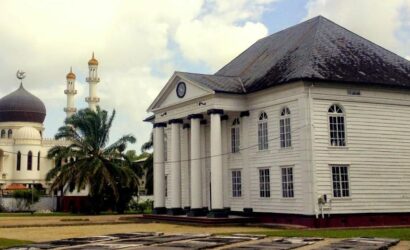
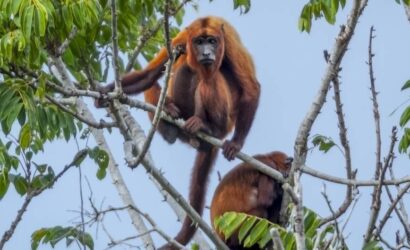
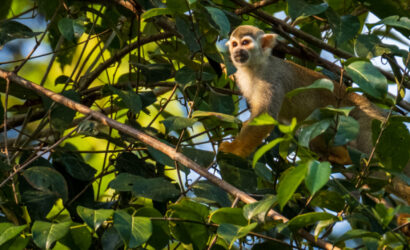

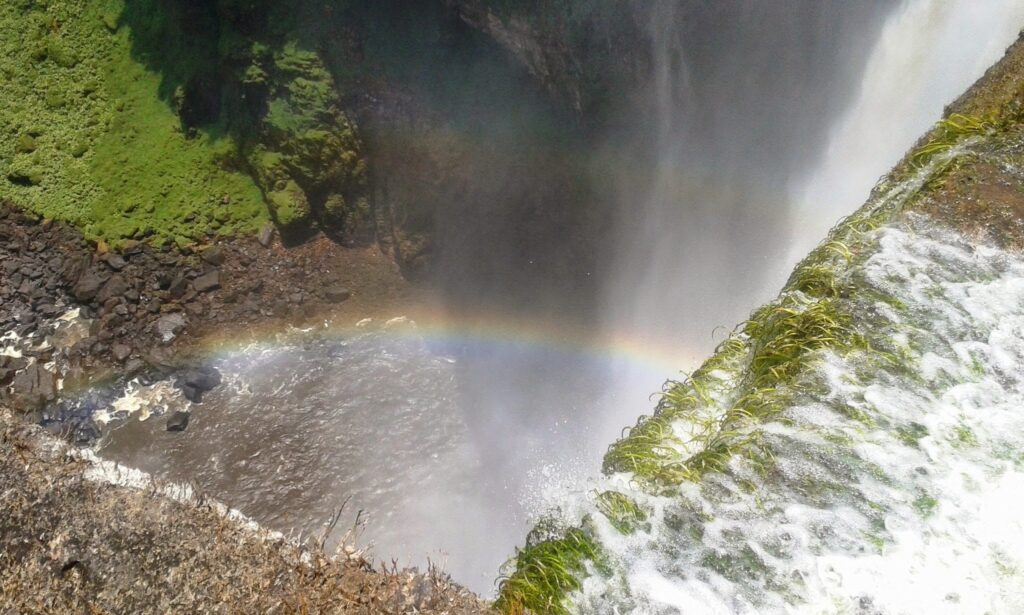
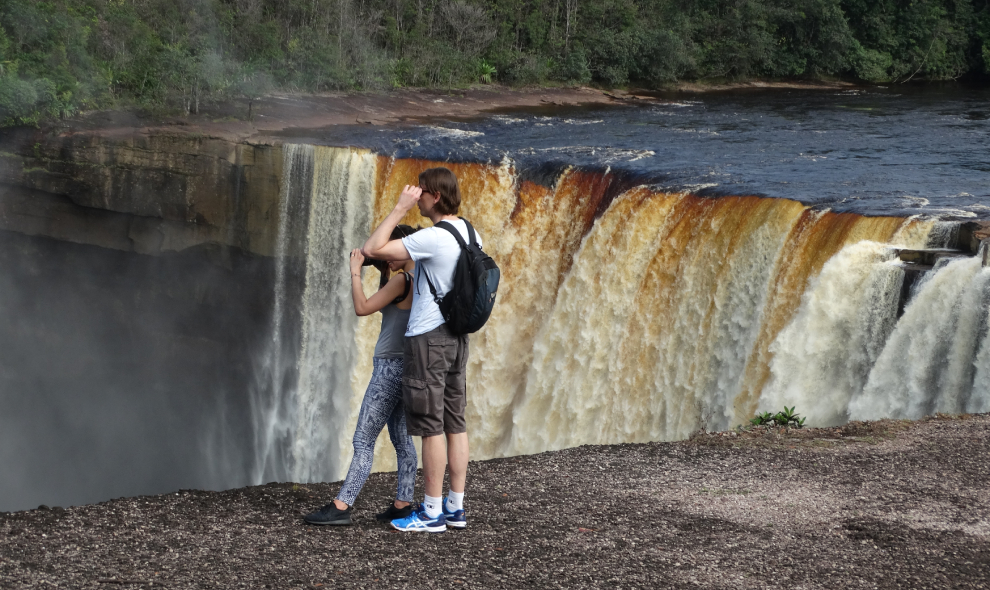




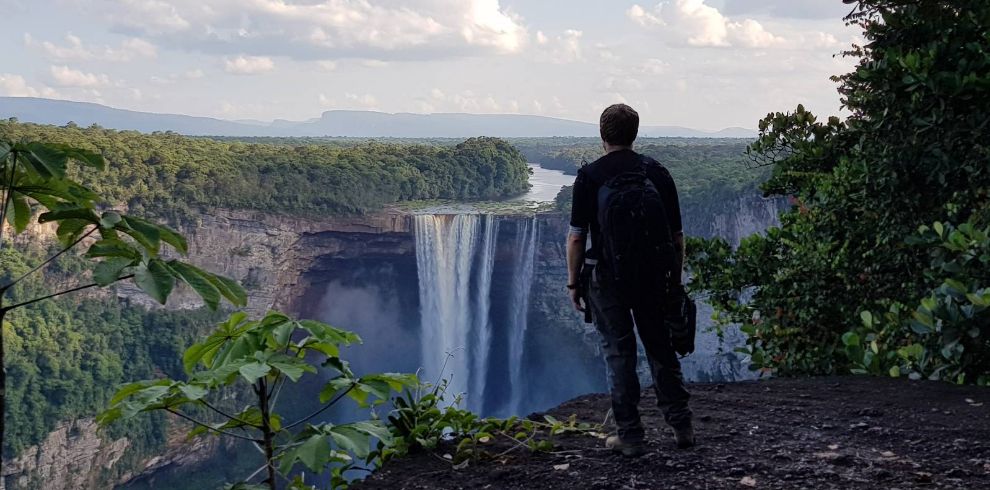
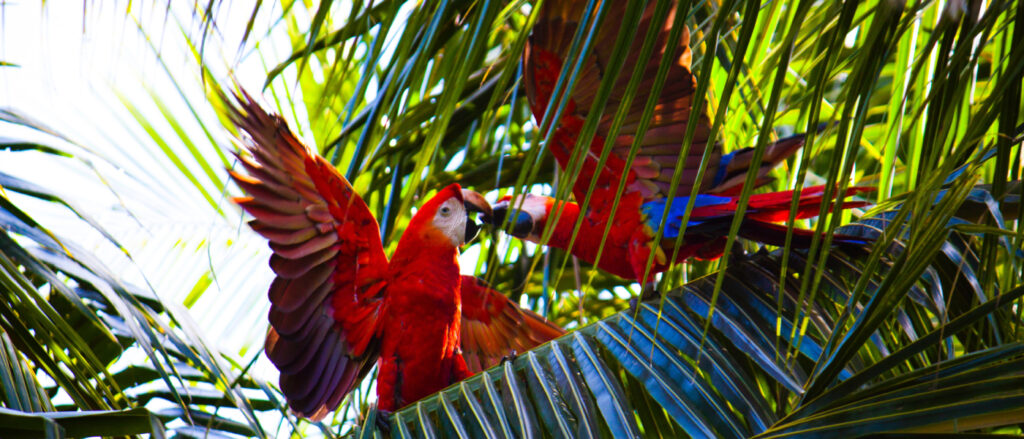
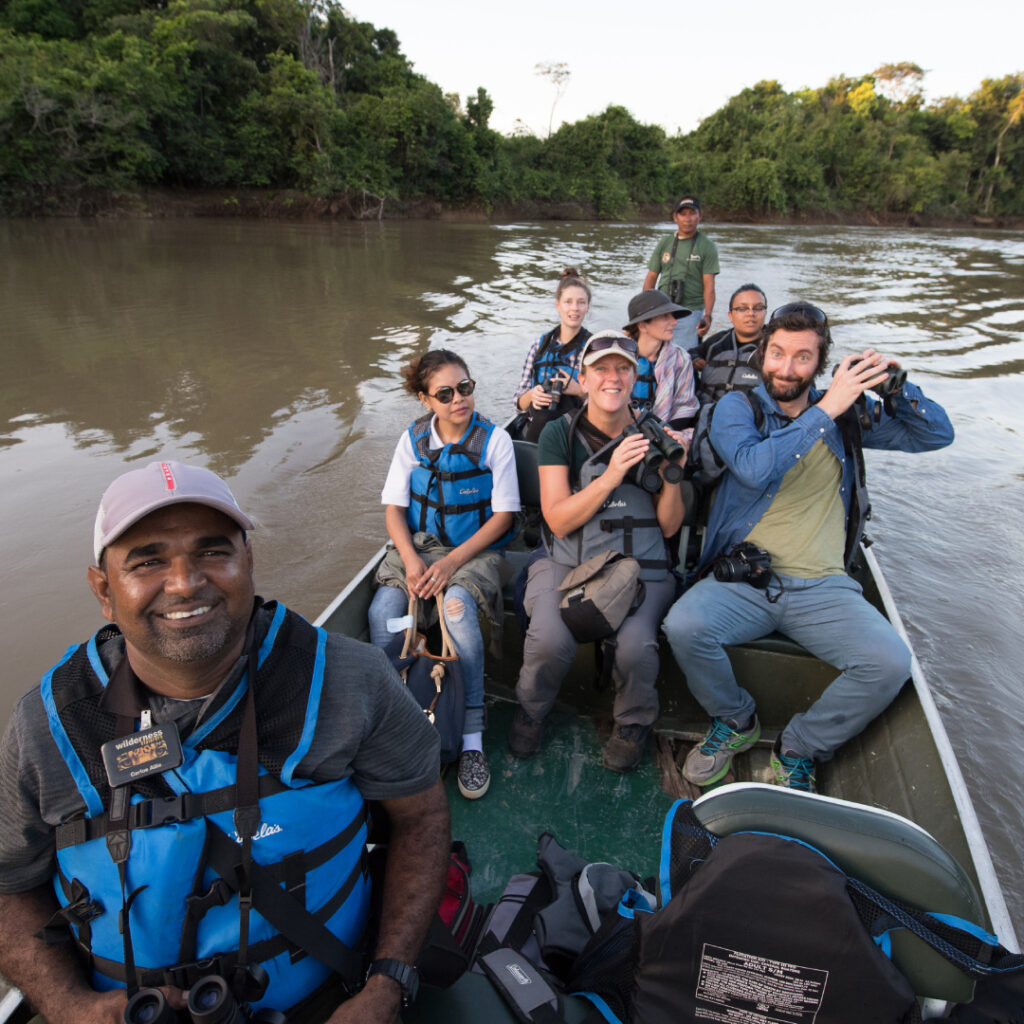
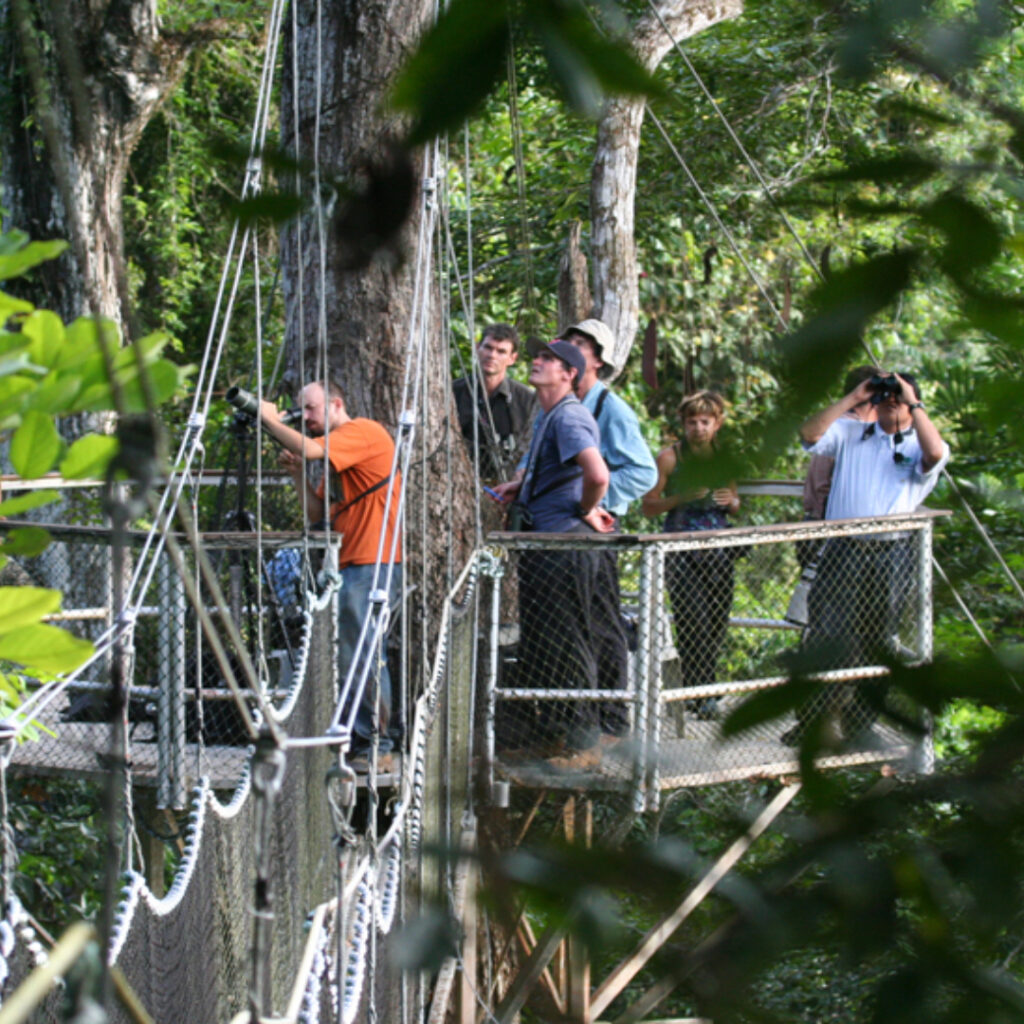
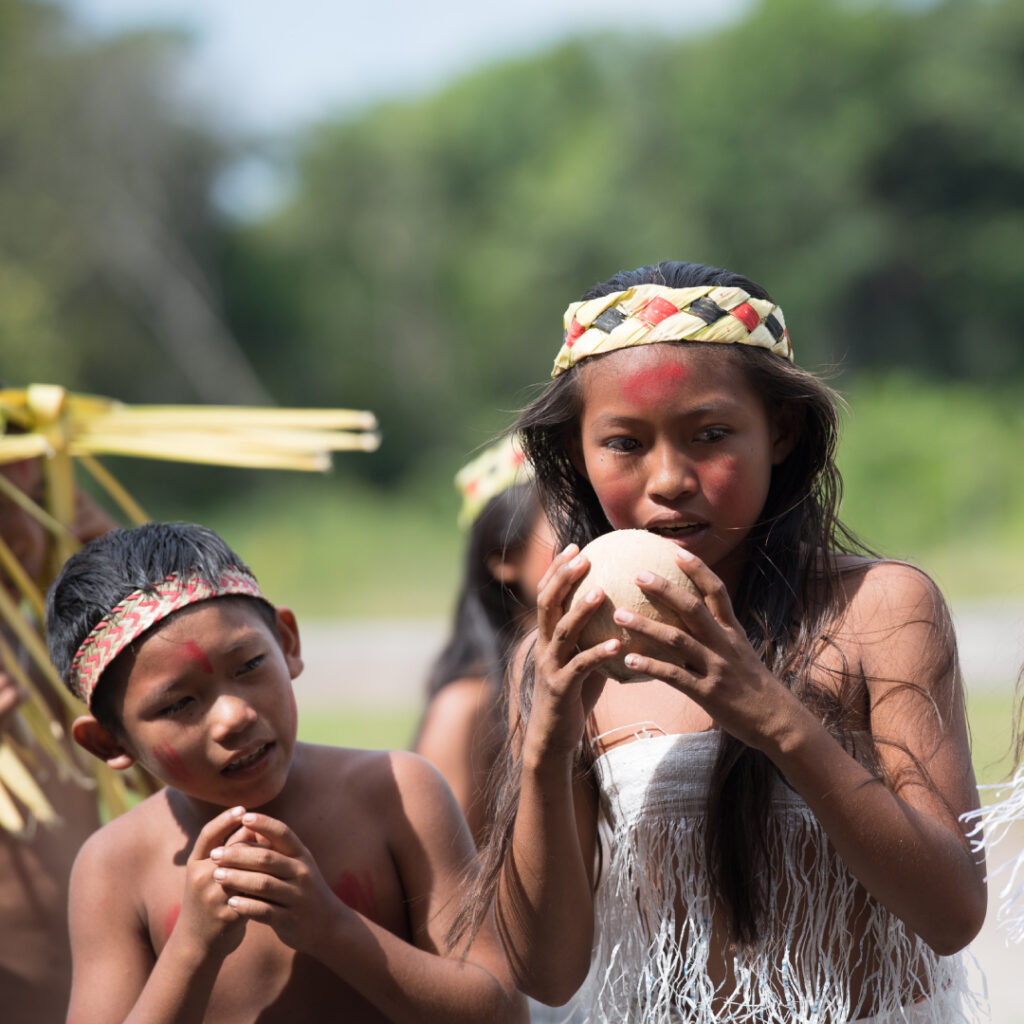
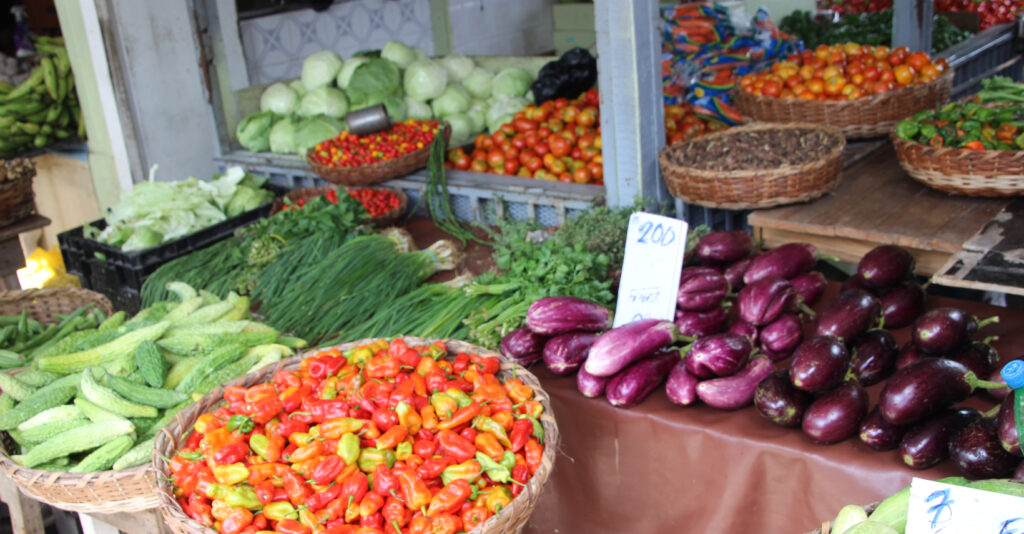
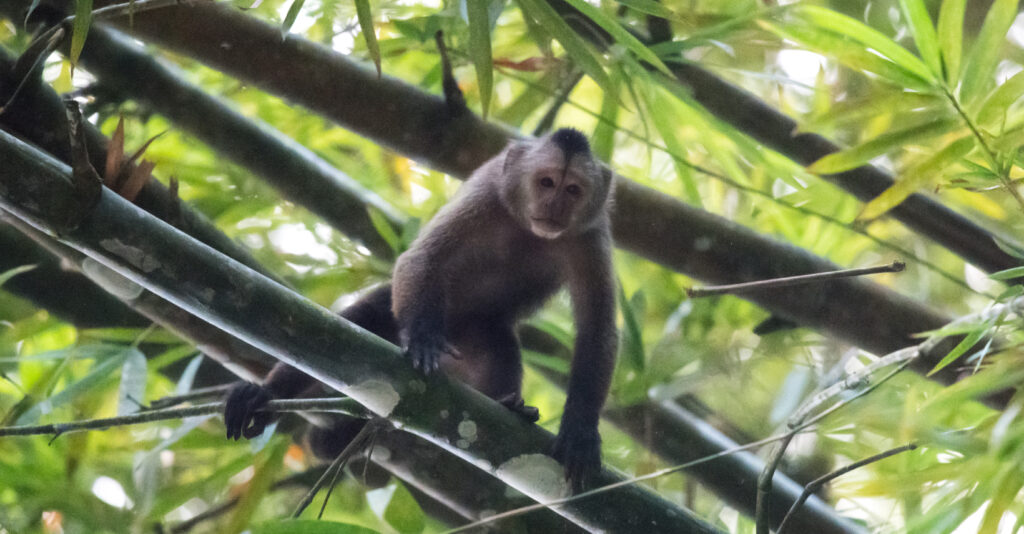
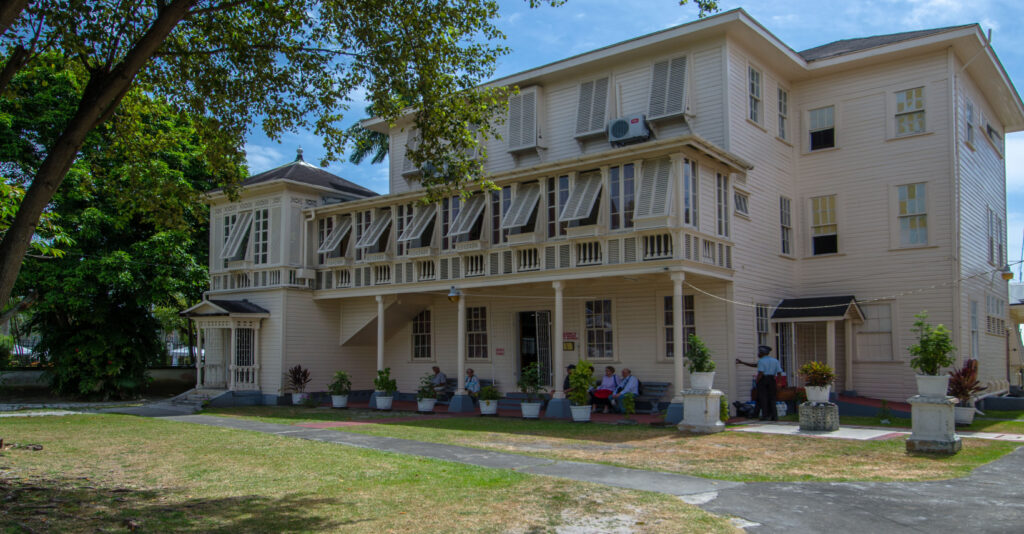
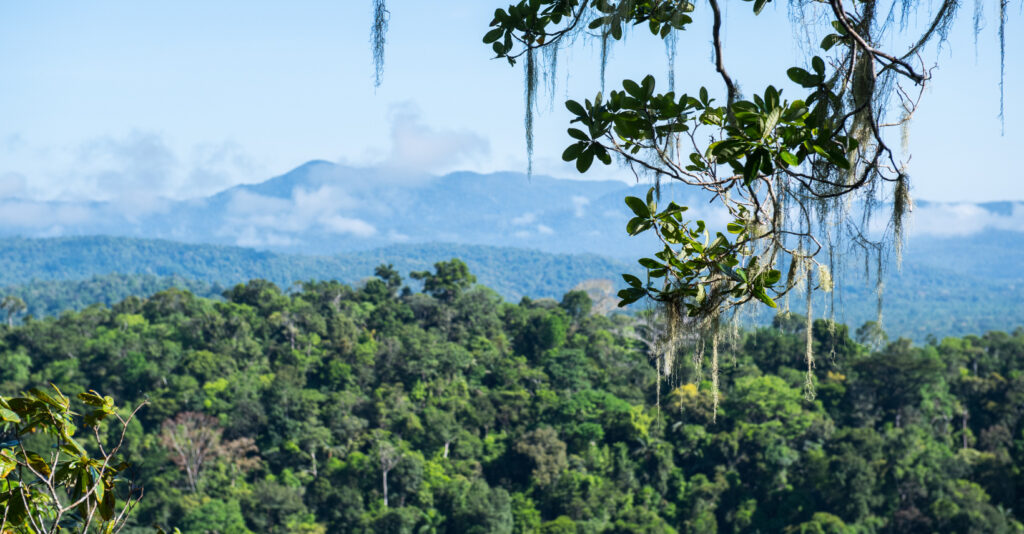
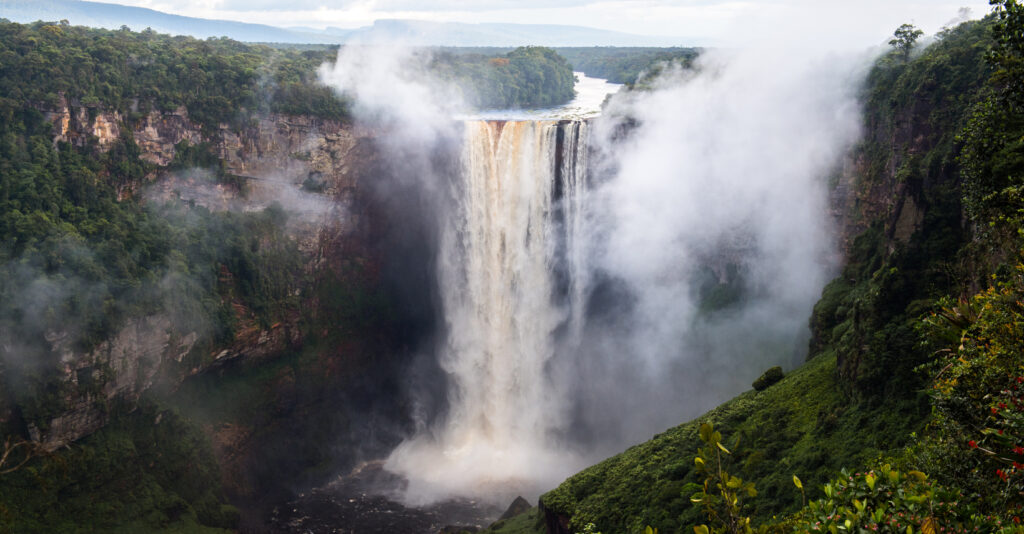
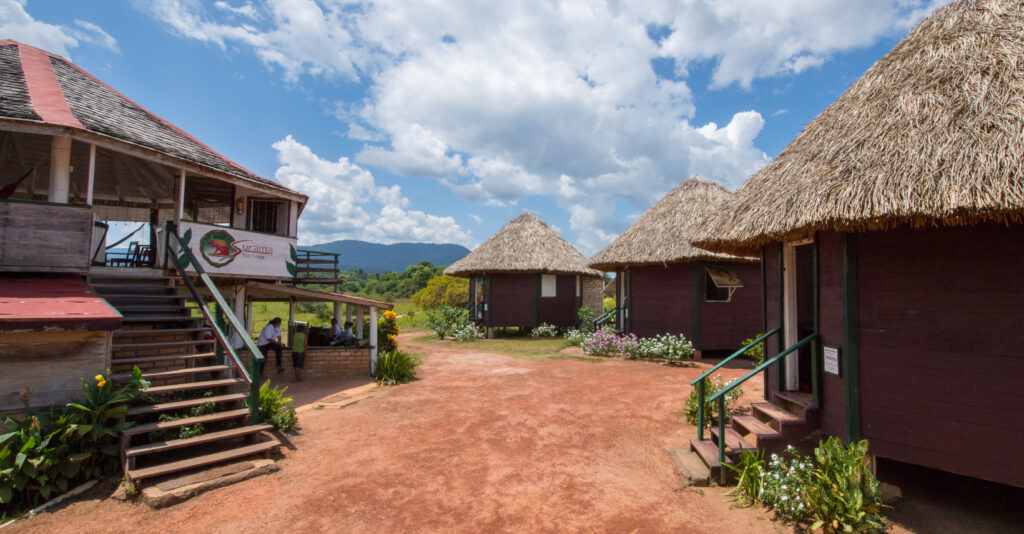
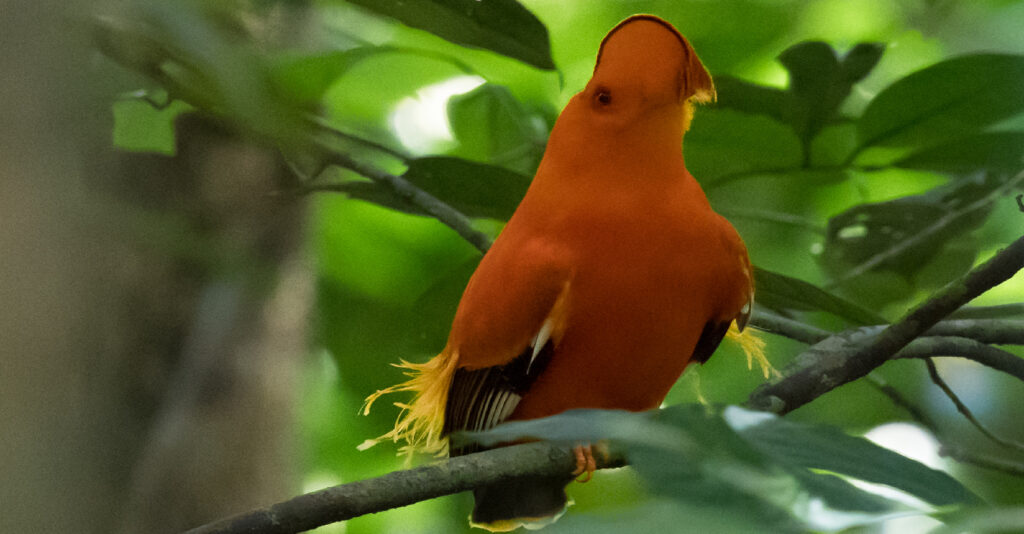
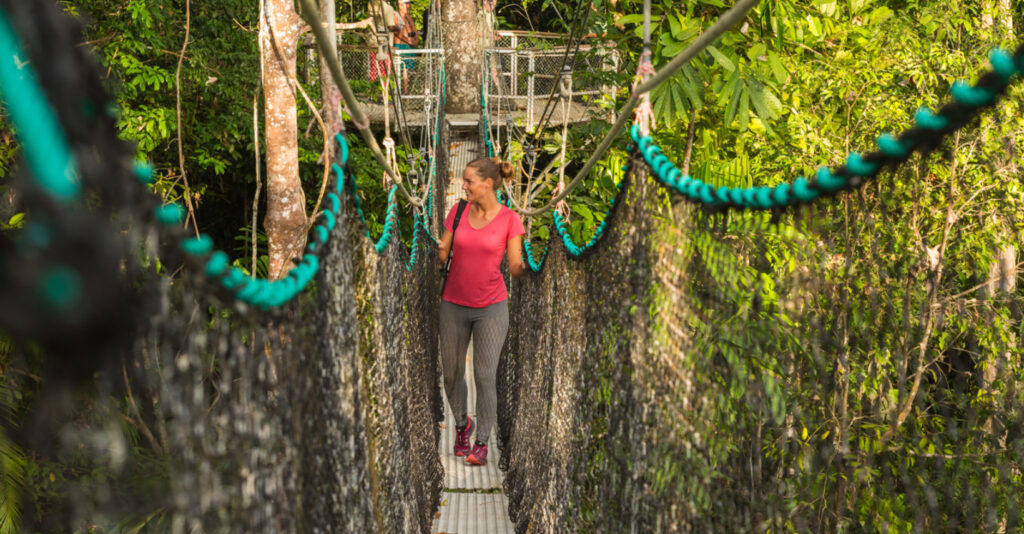

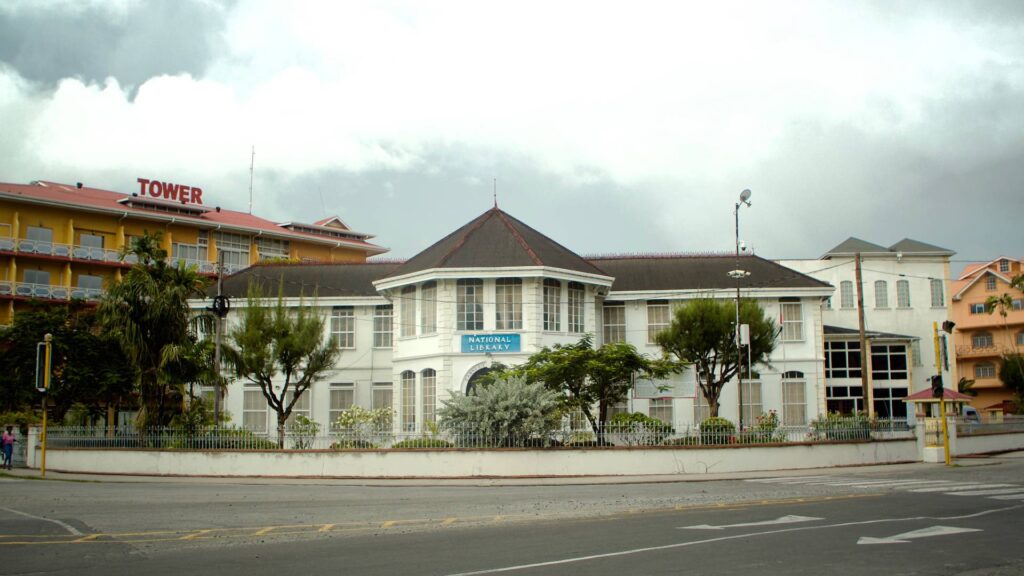
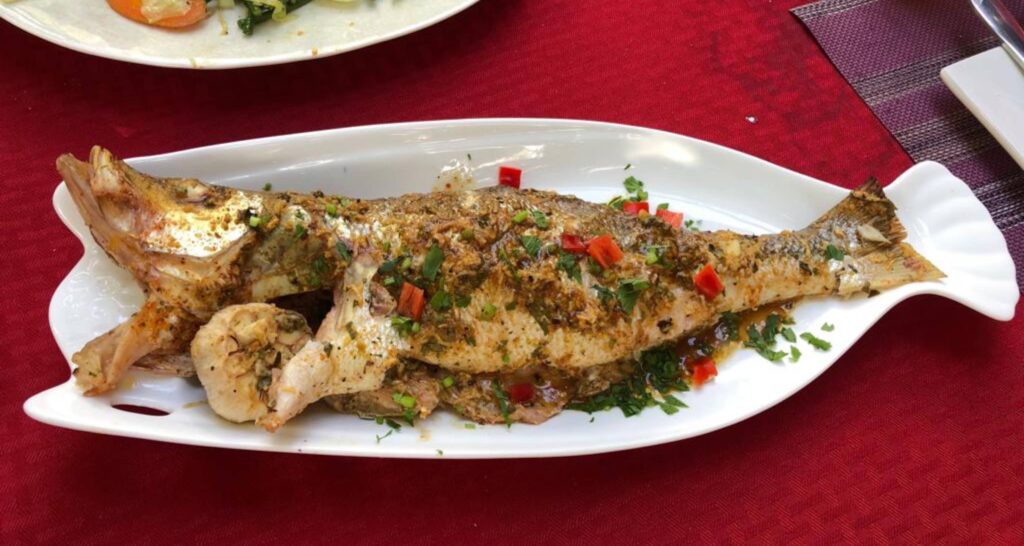
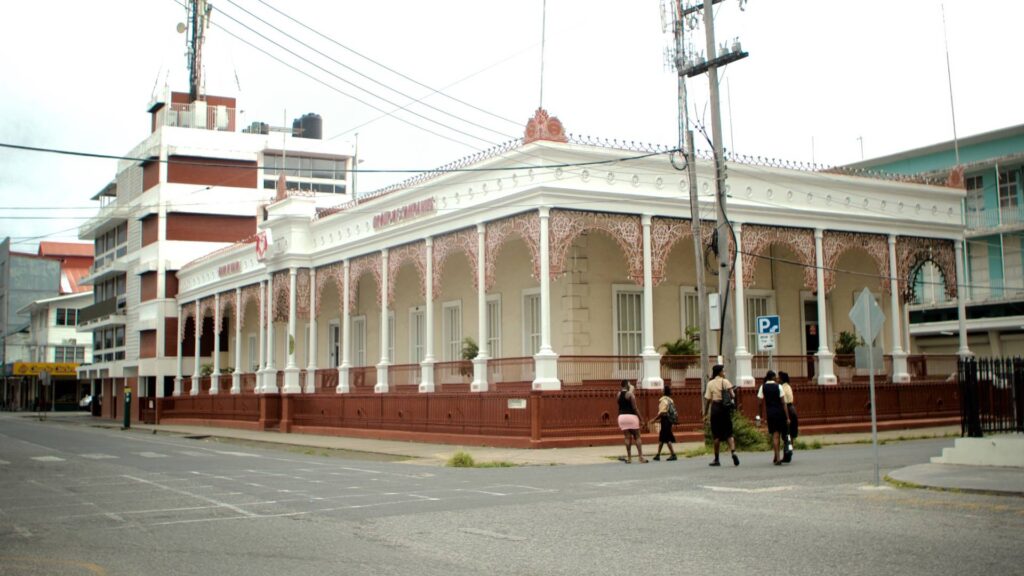
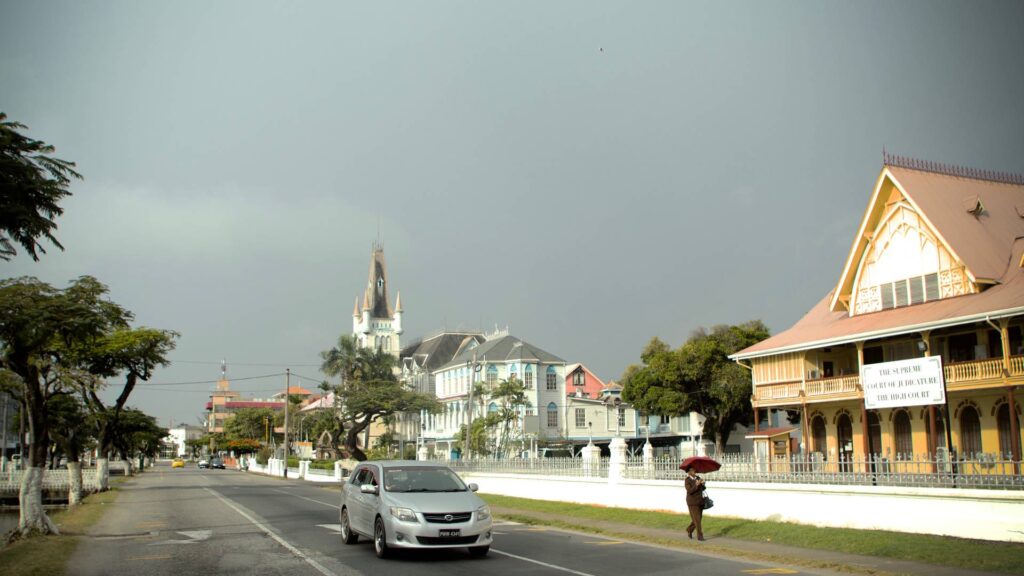

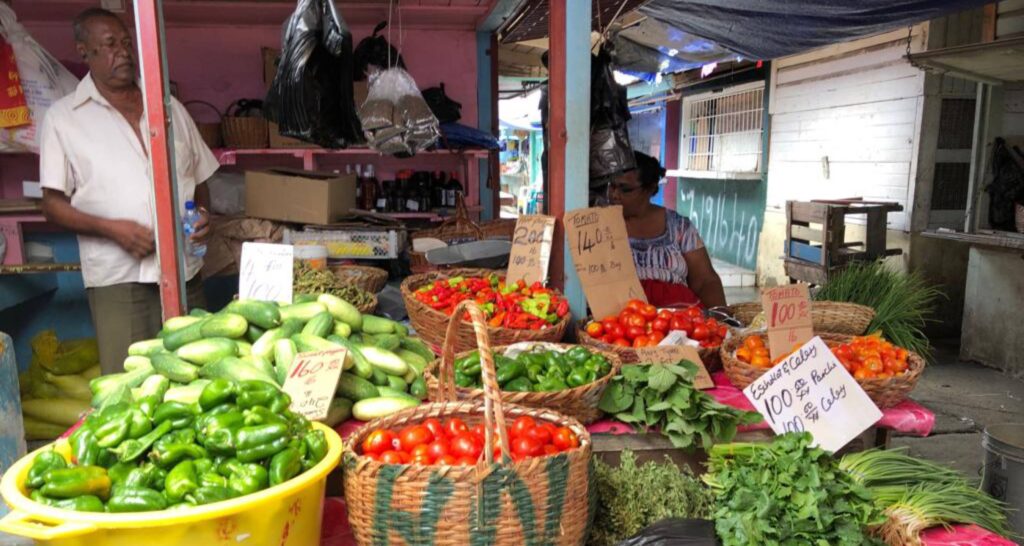
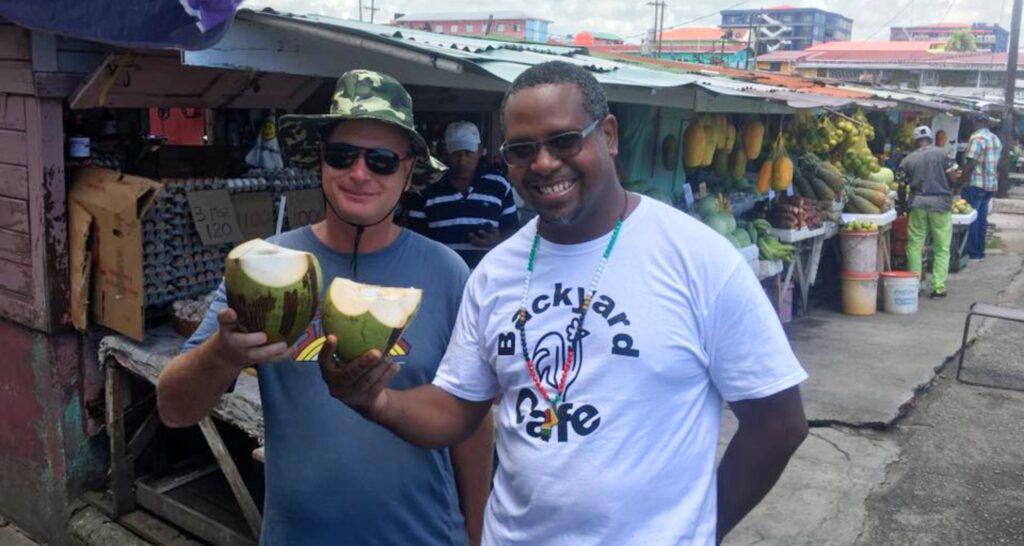
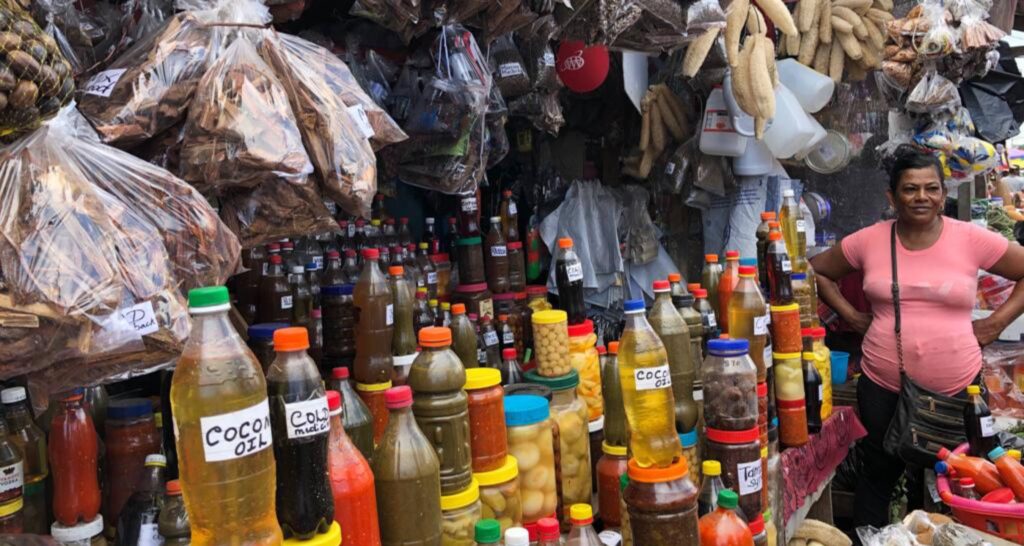
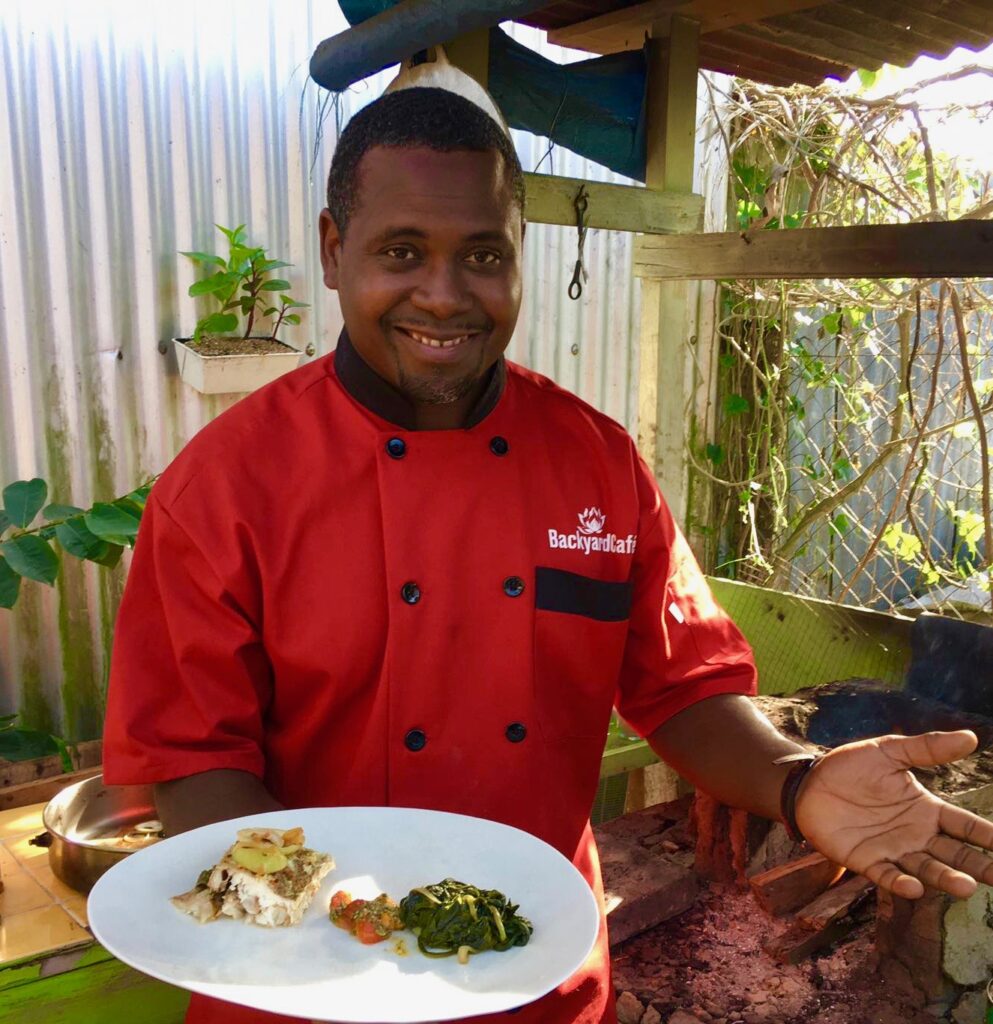





Write a Review